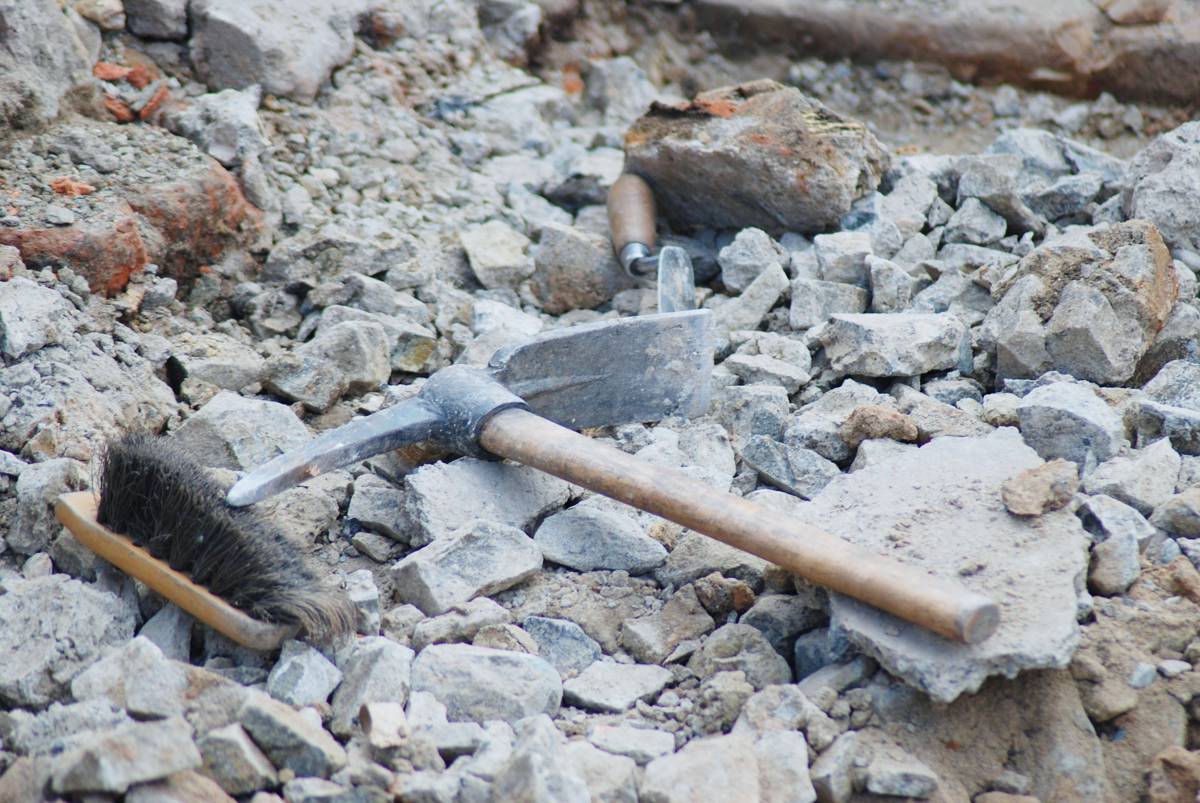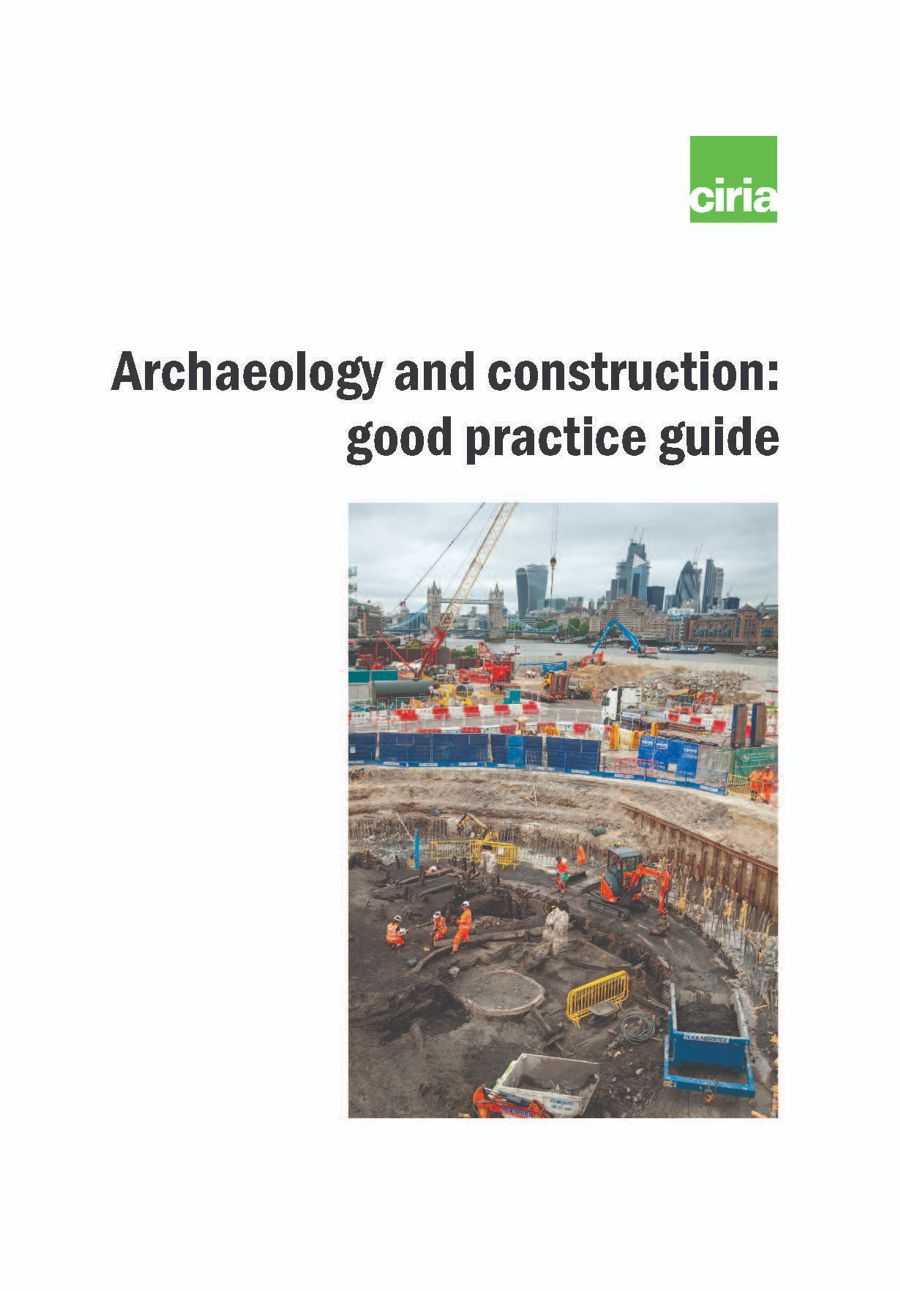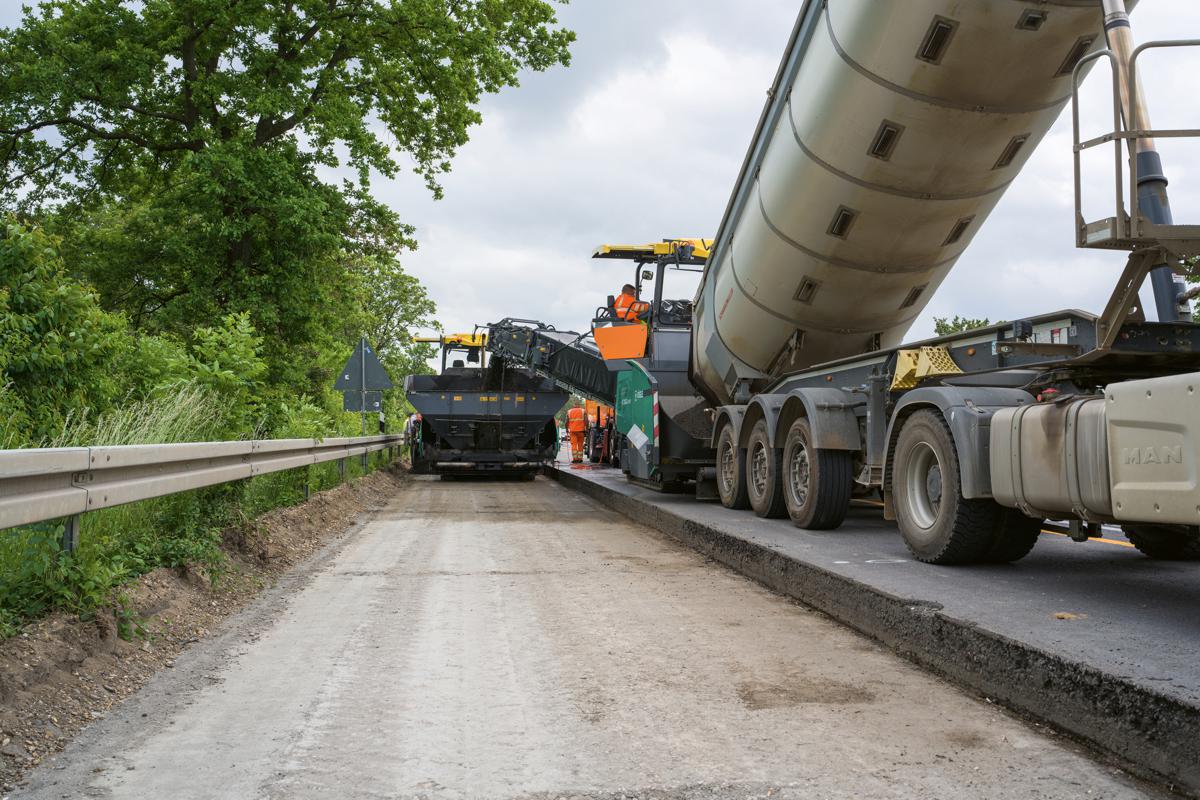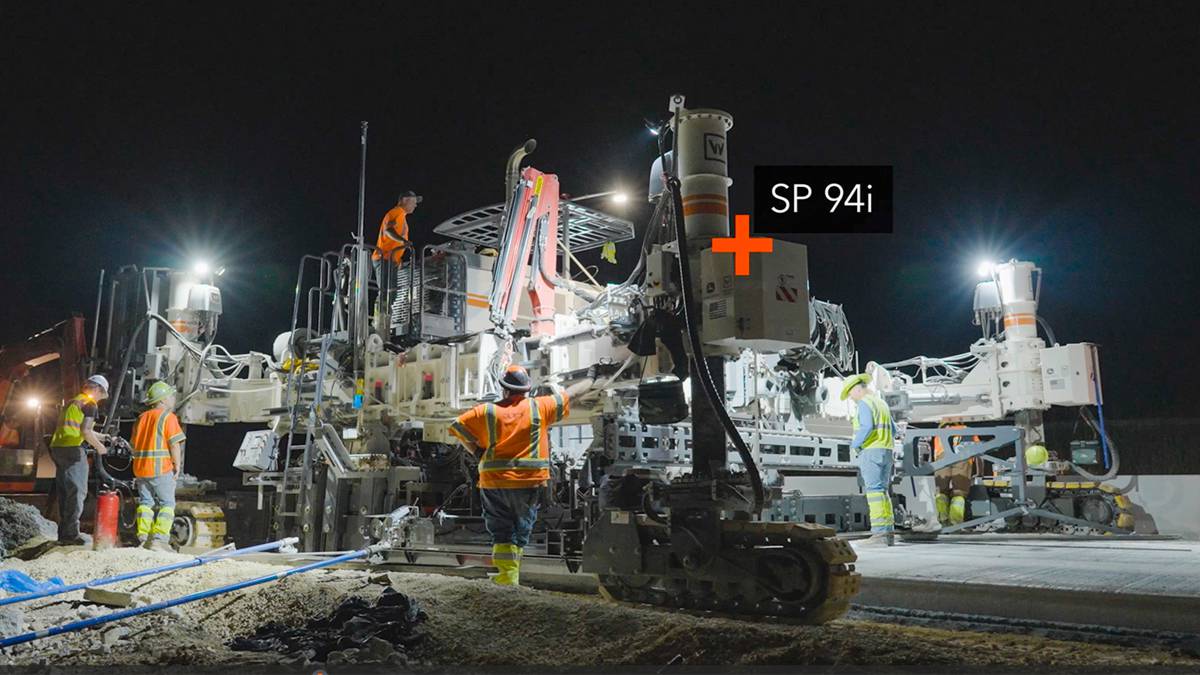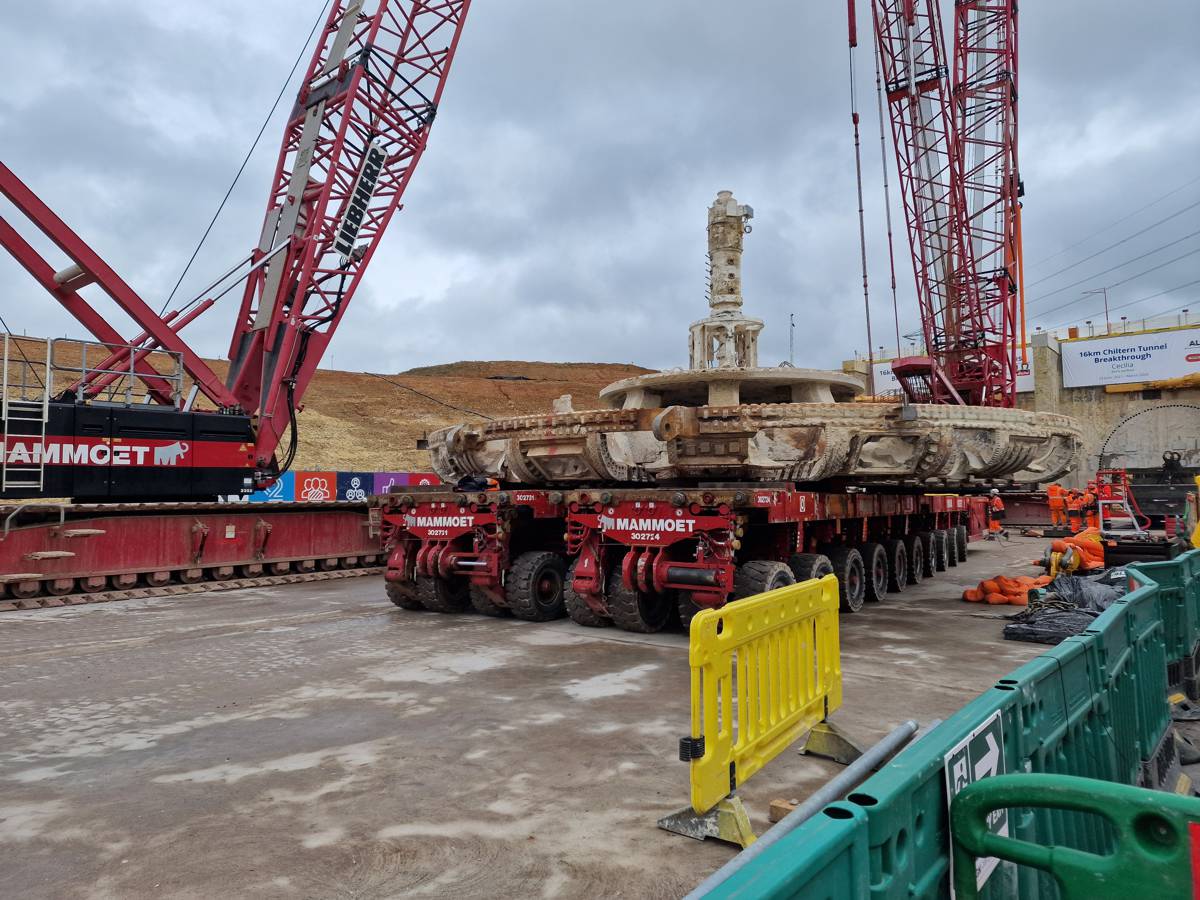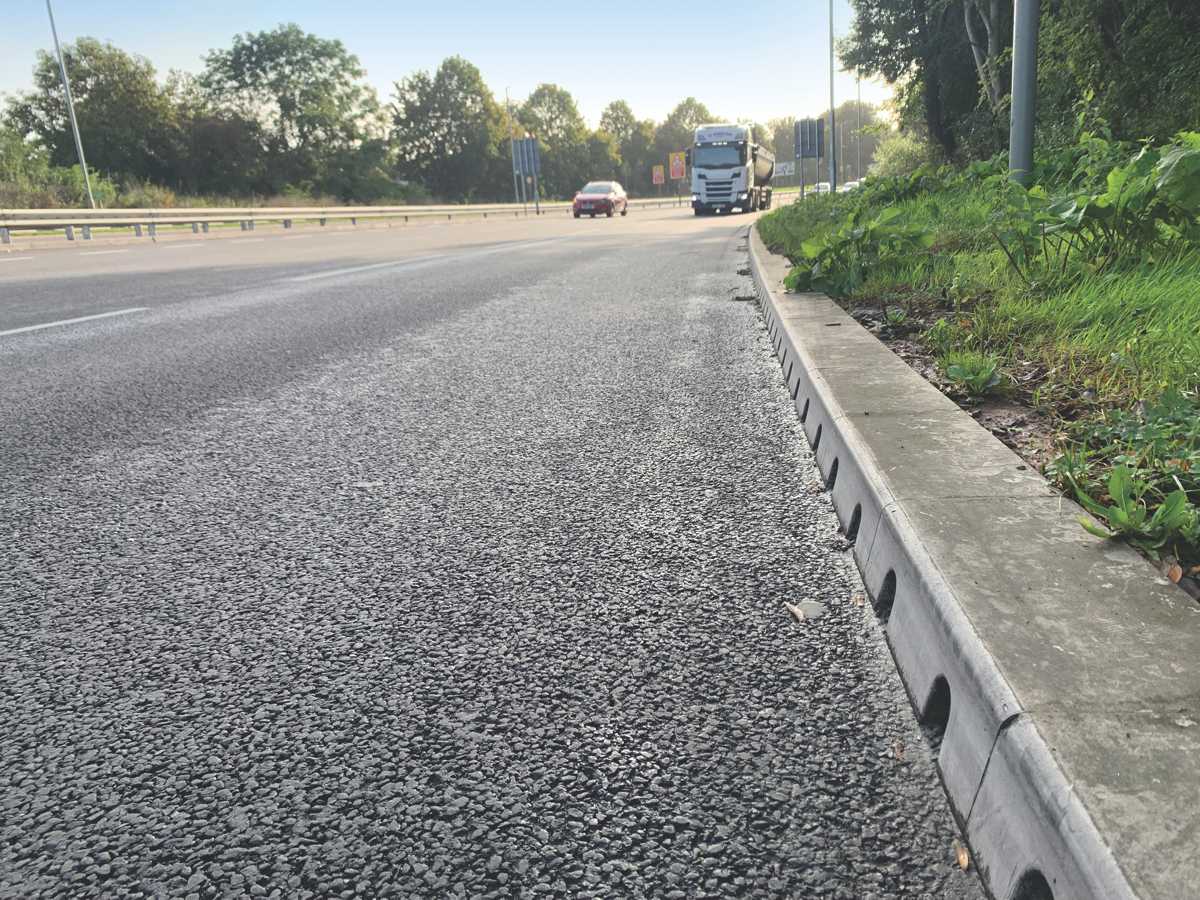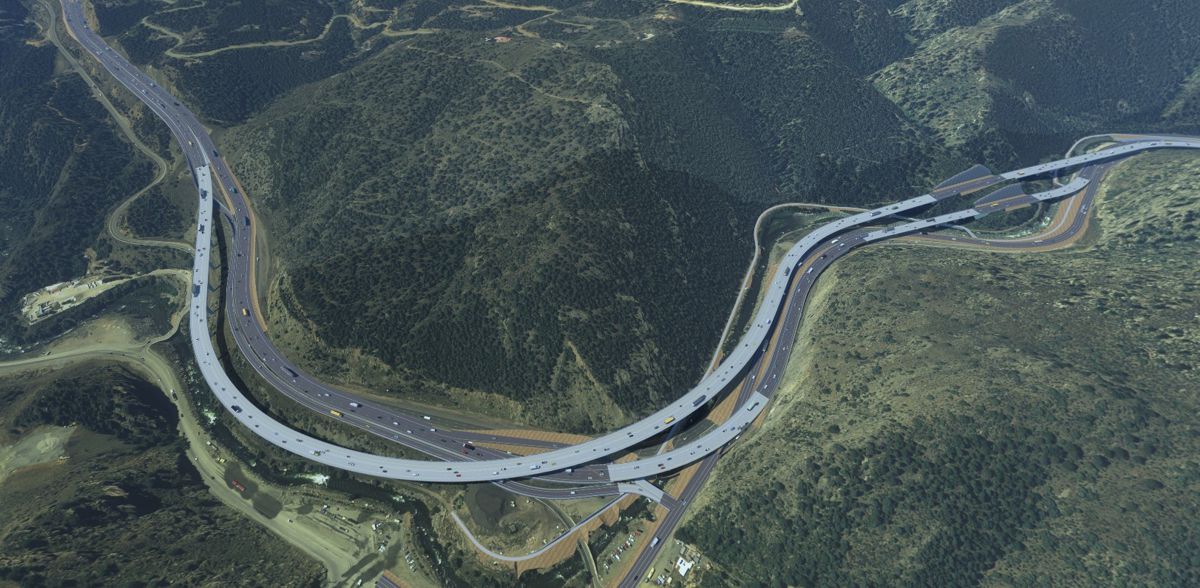CIRIA’s new publication explores Archaeology and construction
CIRIA is pleased to announce the launch of a new publication Archaeology and construction: good practice guidance (C799). This guide provides a comprehensive update on managing an integrated archaeology and construction process to deliver significant commercial and public value.
Archaeology is a necessary and positive element of many construction projects, and the successful management of archaeology as part of construction is integral to sustainable development. Updating CIRIA’s C672 guidance Archaeology and development – a good practice guide to managing risk and maximising benefit, this new guide reflects technological and methodological advances, as well as changes in UK legislation and planning policy that drive the approach to managing archaeology.
The guidance also considers how the planning system expects archaeology to create public benefits in the form of new knowledge about the past, whilst providing a wide portfolio of social, economic and environmental gains.
Practical advice and information are set out for each stage of construction, from feasibility through to post-construction use. This guidance addresses the interfaces between the archaeological and construction management plans, demonstrating how archaeology is used to contribute directly to programme and cost efficiencies in a unified safety, health and environment culture, as well as meeting wider performance targets, social value and sustainability goals.
C799 will primarily be of interest to clients, consultants, contractors, developers, project managers, master planners and project design specialists who want to understand the drivers and regulatory requirements for commercial success and social value gains when archaeology is involved.
Taryn Nixon, principal at Taryn Nixon Heritage Works and co-author of C799, said: “This guide recognises the vital role of construction and archaeology professionals today in building a sustainable future – a role ingrained in the UK planning process. Mapping the key interfaces between archaeology and construction, it provides a clear framework for managing delivery and quality, from pre-project through to end use. It is full of practical information and step-by-step advice, showing how integrated teams can enhance scheme performance targets, as well as contribute to wider sustainability goals.”
Christina Holloway, Project Manager at MOLA and co-author of C799, commented: “Not only does the guide bring out the commercial benefits of an integrated approach from the earliest stages, it also gives examples of archaeology being used to deliver social, economic and environmental value – something increasingly asked for in tenders.”
Peter Hinton, Chief Executive at CIfA and contributing author of C799, stated: “CIfA warmly welcomes the publication of the revised CIRIA guide to archaeology and construction which reinforces and amplifies the messages in our own Client Guide about the social, economic and environmental value generated when professional archaeologists are engaged from the outset in construction projects”.
To order a copy of the new guide visit www.ciria.org/c799








